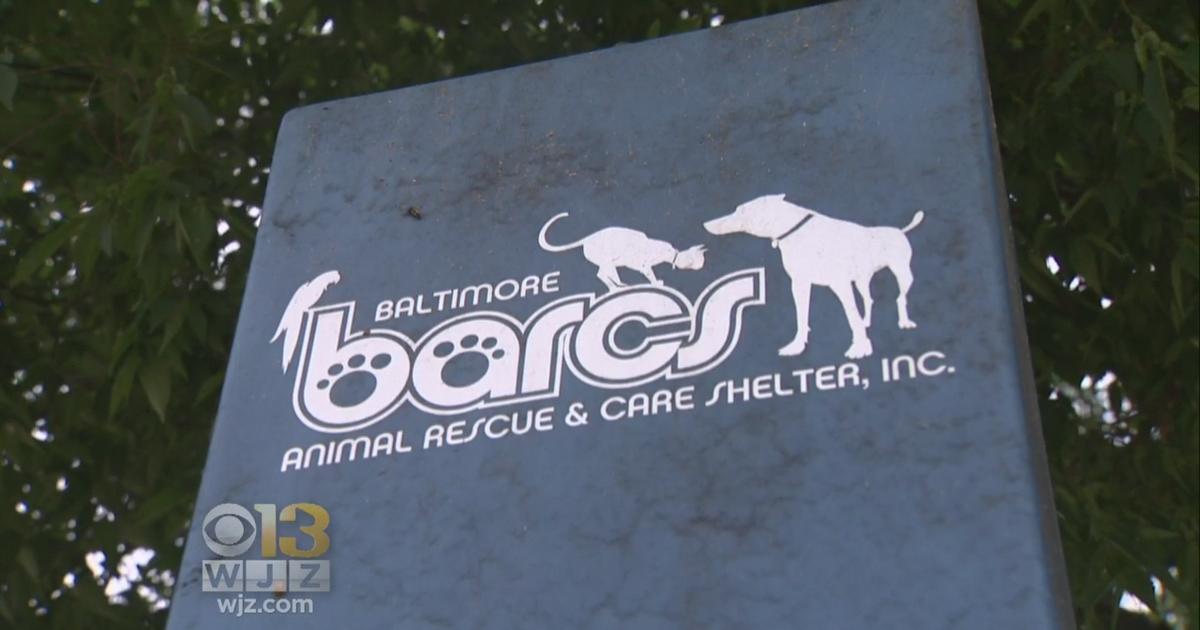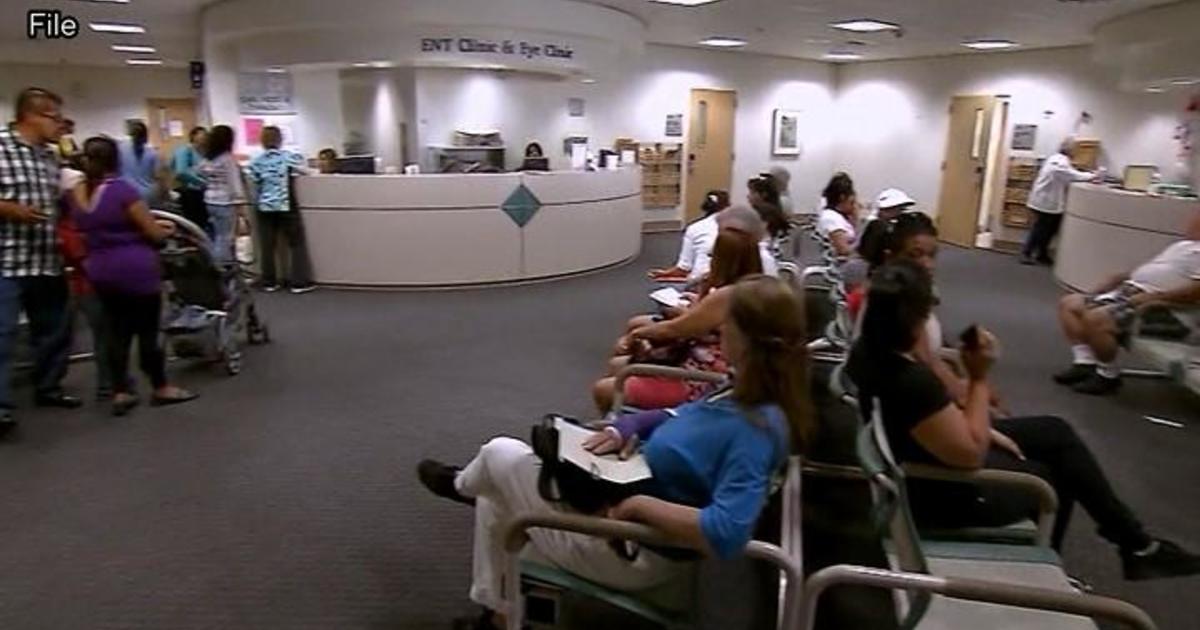Satellite Will Be Able To Predict Rain & Snow Better
GREENBELT, Md. (WJZ) -- When it comes to rain and snow, best estimates of what a storm is packing are about to get better.
Alex DeMetrick reports a satellite assembled in Maryland is about to see weather in a whole new way.
The door to the "clean room" at NASA's Goddard Space Flight Center in Greenbelt swung open to a new way to look at the weather. It's called the Global Precipitation Measurement Observatory, or GPM, for short.
Once in orbit, wet weather will be studied in the sharpest ever detail.
"And you can determine how large the rain particles are and how fast it's raining," said Dr. Art Azarbarzin, GPM project manager.
GPM will do it by seeing layer by layer through clouds, measuring heavy to light precipitation as it's happening.
"That's like five inches an hour down to the lightest rainfall rates. We're also able to detect falling snow. This is the first time a satellite mission has been specifically designed to study falling snow," said Dr. Gail Skofronick Jackson, GPM project scientist.
That's good to know on the ground, especially before snow falls.
By adding GPM to the constellation of weather observatories, it means wet weather can be observed everywhere on earth in just three hours. And with speed and finer detail...
"We can use that then to improve our numerical forecast models," said Skofronick Jackson.
The end result of all this new hardware is hard knowledge, which would have helped with Hurricane Sandy.
"The data we could have provided to NOAA could have given a much better intensity of the hurricane coming inland," said Azarbarzin.
By probing the wet weather that nourishes life, and threatens it.
The GPM spacecraft will be launched into orbit by a Japanese rocket. The partnership reduced NASA's cost for the mission.
Other Local News:



